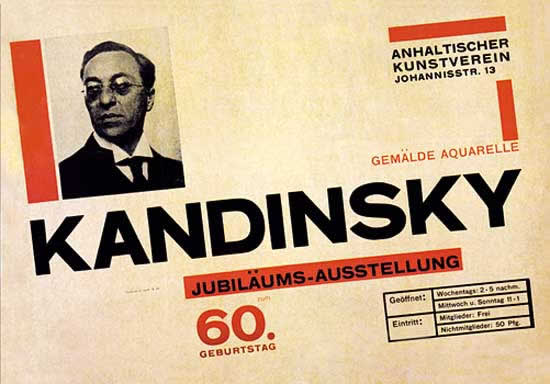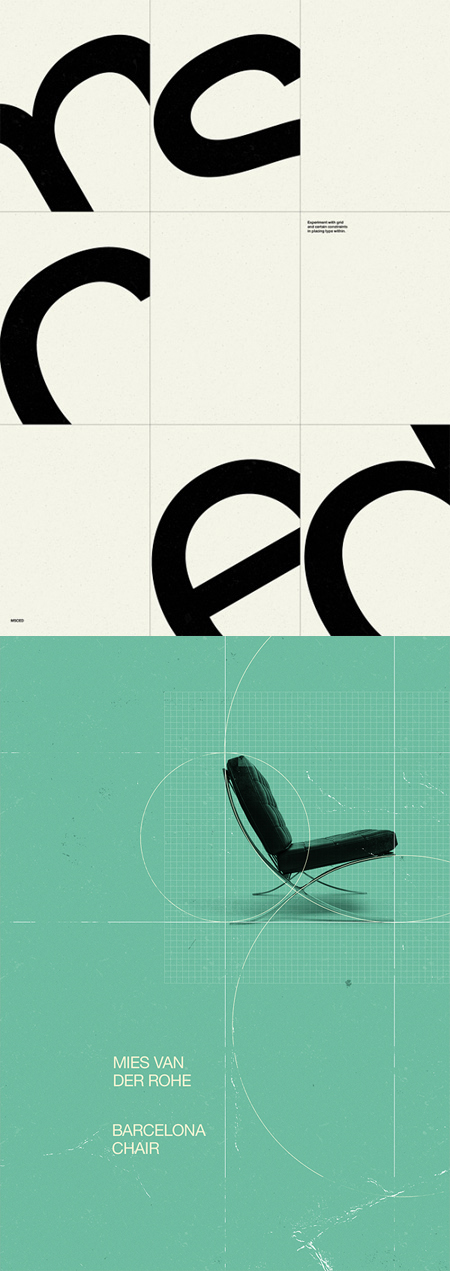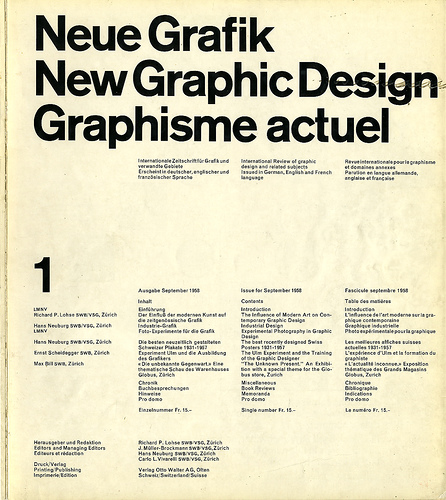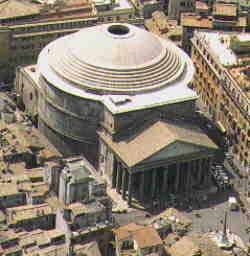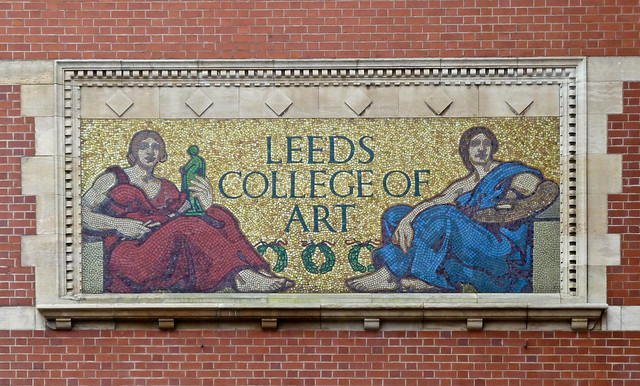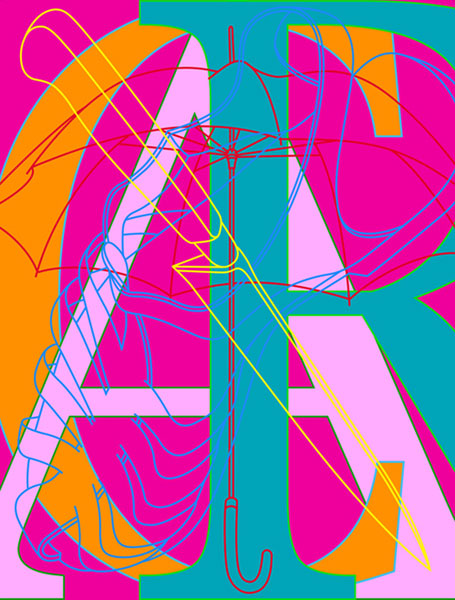Dolly Zoom
The dolly zoom is an unsettling in-camera effect that appears to undermine normal visual perception. It is part of many cinematic techniques used in filmmaking and television production.
The effect is achieved by using the setting of a zoom lens to adjust the angle of view (often referred to as field of view or FOV) while the camera dollies (or moves) towards or away from the subject in such a way as to keep the subject the same size in the frame throughout. In its classic form, the camera is pulled away from a subject while the lens zooms in, or vice-versa. Thus, during the zoom, there is a continuousperspective distortion, the most directly noticeable feature being that the background appears to change size relative to the subject.
As the human visual system uses both size and perspective cues to judge the relative sizes of objects, seeing a perspective change without a size change is a highly unsettling effect, and the emotional impact of this effect is greater than the description above can suggest. The visual appearance for the viewer is that either the background suddenly grows in size and detail and overwhelms the foreground, or the foreground becomes immense and dominates its previous setting, depending on which way the dolly zoom is executed.
The effect was first developed by Irmin Roberts, a Paramount second-unit cameraman, and was famously used by Alfred Hitchcock in his film Vertigo.
A dolly counter zoom is also variously known as:
The animation above shows the dolly zoom being performed.
At the top is the image we see, the cubes stay the same and the teapots grow bigger.
the bottom shows how this is achieved. The camera moves back while zooming in at the same time.
Humour
Borgus.com -- Filmmakers who attempt to use Alfred Hitchcock's techniques often overlook comedy, a vital component to his works. Even the most deadly situations depicted in his films have an undercurrent of facetious wit. Hitchcock’s own public persona was built on the foundation of his sophisticated British deadpan humor, and it’s not surprising this sly attitude permeates his craft.
“In the mystery and suspense genre, a tongue-in-cheek approach is indispensable,” said Hitchcock. (Truffaut) He felt this was the ingredient which kept audiences coming back begging for more. It is the equivalent of a roller coaster ride in which the passengers scream wildly on the way down but laugh when the ride rolls to a stop. (Gottlieb)
In one of his most popular films, Psycho (1960), a hotel owner's angry mother kills visitors at night, and there are no obvious laughs in the film. But, Hitchcock often described Psycho as a practical joke. (Truffaut) Other films such as Shadow of a Doubt (1943) and Strangers on a Train (1951) are sprinkled with macabre humor. The Trouble With Harry (1955) is purely a deadpan comedy.
Sound
"I think what sound brought of value to the cinema was to complete the realism of the image on the screen. It made everyone in the audience deaf mutes." -Alfred Hitchcock
Borgus.com - Because he is known for his visual techniques, Alfred Hitchcock’s unique use of sound is a topic which receives less attention. While his first several films were silent,Blackmail (1929) started him on a path of aural manipulation that continued through his later works. Blackmail showcases Hitchcock’s instinctive styles of soundscaping during a time period where little was yet known about the cinematic powers of sound. Blackmaildemonstrates ongoing tactics, such as: withholding sound from the viewer to pique curiosity, exaggerating sound as a form of narrative emphasis, and creating tension through both ambient noises and silence. Further, in a world where music was the dominant form of narrative accompaniment, he stripped music score away from his scenes and instead used the act of singing (and whistling) as a suspense device. Lastly, Hitchcock’s manipulation of human speech ranged from technical malfunctions of telephone calls to dizzied audio abstraction of the characters’ subjective thoughts. This article will outline the major uses of sound in Hitchcock’s Blackmail, and demonstrate that it is an essential foundation to his usage in later works.

At the time of Blackmail’s release, most theaters still didn’t have speakers, only 22% having sound. Nonetheless, Hitchcock was keen to consider those 5,200 theaters worldwide which did have sound, and knew that more would follow (Belton 1999). Film scholar Elizabeth Weis wrote The Silent Scream in 1982, a thorough examination of the use of sound in Hitchcock films. According to Weis, Hitchcock saw the arrival of sound technology as a ‘new dimension of cinematic expression’ (Weis 1982, p.14). This dimension enabled him to break away from the flat plane of the visual and create cinematic worlds more deeply entrenched in realism.
In Blackmail, Hitchcock used the ambient sounds of his settings by manipulating them for the purposes of suspense, as a way of expressing character emotion. In order to enhance the feelings of guilt from Alice after she murdered The Artist, Hitchcock used surrounding sounds to amplify those feelings. As Alice is slowly walking through quick-moving crowds in a daze of shock, car horns enhance the counterpoint between the busy world and her stoic stake of shock. She soon walks through a crowd of theater goers who are laughing under a billboard which reads: ‘a new comedy.’ The sound of laugher increases the tension as Hitchcock plays this humorous tone against her guilt. Each of Hitchcock’s car horns are taunting her to snap out of it. As she wakes up in bed the next morning, caged song-birds in her room whistle happily to the extent that they become intrusive, further escalating her frantic mental state. Later, while she sits down to eat at her family’s shop, the door chime rings abstractly instead of its recognizable quick burst. The sound of the chime is stretched out over several seconds resembling the long protracted tone of a tuning fork. This abstracted reality, created purely through sound manipulation, brings the viewer into her subjective state of mind – ultra sensitive to the sounds around her as she sinks further inward, hoping to hide from what she has done.
When Tracy comes into the shop to intimidate them, saying, ‘what a chance for blackmail – I could never do a thing like that,’ the door chime sounds and a delivery man walks in with a newspaper. The ambient sounds of the street spill into the room. Car horns, honking happily, further counterpoint the seriousness of the line just spoken.

Then, as the delivery man walks back outside, he shuts the door behind him silencing the street sounds. At this point we know the line was spoken ironically, because of course Tracy does intend to blackmail. The sudden burst of comic energy from the delivery man’s entrance is Hitchcock’s way of indicating this irony. It is also a reminder that the outside world is ready to intrude on their private conversation, and that if Alice is implicated in the murder she will have to face public scrutiny.
When Tracy finally does escape through the window and flee for his own life, he crashes through with the sound of shattering glass, immediately letting in the ambient street noises once again. This time the car horns seem to be screaming out, rather than being comic. As the chase sequence begins, Hitchcock switches to silent-film mode with full music score, but adds rhythmic sound effects to further propel the tension. The beeping Morse code from a telegraph creates a sense of frantic urgency, and as Tracy makes his way to the British Museum, car horns add to this sense of panic.
When Tracy finally does escape through the window and flee for his own life, he crashes through with the sound of shattering glass, immediately letting in the ambient street noises once again. This time the car horns seem to be screaming out, rather than being comic. As the chase sequence begins, Hitchcock switches to silent-film mode with full music score, but adds rhythmic sound effects to further propel the tension. The beeping Morse code from a telegraph creates a sense of frantic urgency, and as Tracy makes his way to the British Museum, car horns add to this sense of panic.



